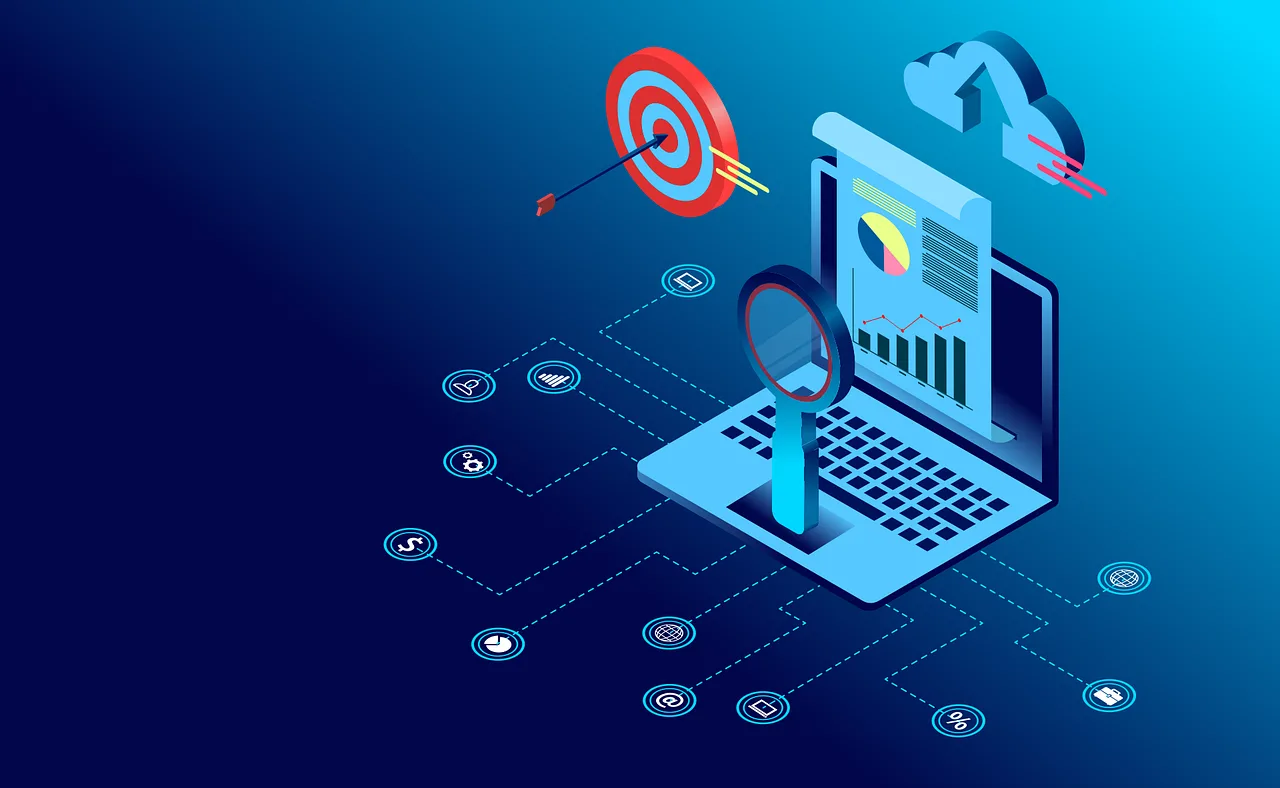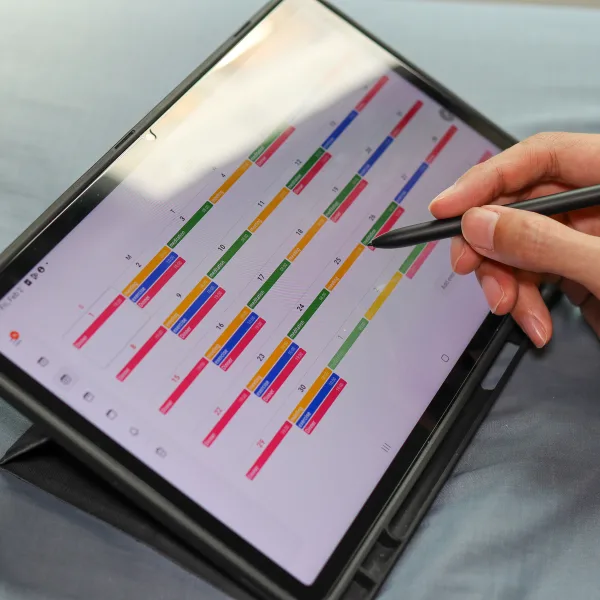In this article, we take a brief look at what agile working is, plus how technology contributes to it.
Agile Working
Agile work refers to the idea of connecting processes, people, technology, time, and place to create a dynamic workforce. By giving workers the freedom and maximum flexibility to work where and when they want, thereby minimising constraints, this can improve productivity and performance. Other results of agile working can include the creation of a more responsive, efficient, and effective organisation that has more balanced, motivated, innovative, and productive teams and individuals the work within it.
There are models to help with agile working, such as core and flex and activity-based working.
Difference Between, Agile, Flexible, and Hybrid
Whereas flexible work is primarily about working hours, and hybrid work is primarily about the mix of where work is carried out (home or office), agile work is a whole strategy which could include flexible and hybrid as components. Agile working, however, is more about removing traditional barriers and adopting new practices to enable staff to work at their best and most efficient.
Challenges
Examples of some of the main challenges to successfully introducing agile working include:
– Culture and mindset. This means fully embracing an agile agenda where people are the organisation and are empowered in a relationship of trust and responsibility.
– Resistance to change from some key individuals and management not fully accepting the idea.
– Preserving outdated legacy systems.
– Inadequate resource planning and ignoring the cultural and change-management aspects of its introduction.
– Insufficient training and inadequate experience with Agile approaches.
Technology’s Contribution To Agile Working
Agile working (being a whole strategy and approach) means that simply buying new technology is not enough, although there are many ways that technology can be used strategically to help to contribute. These include:
– Digital transformation to give workers fast access to information.
– Cloud-based technology. This facilitates the use of collaborative working platforms, real-time communication, and digital canvases that work groups can use, and can be updated in real time.
– Using wireless and plug-and-play solutions (in offices) to facilitate collaboration between workers.
– The early adoption and use of ‘disruptive technologies’ e.g., machine learning, artificial intelligence, the IoT and robotics.
– Tools e.g., Kanban, and scrum/project management tools e.g., ActiveCollab, Jira, Pivotal Tracker, Trello, GitHub, also collaborative work, and comms platforms e.g., Teams, Slack, and Zoom.
What Does This Mean For Your Business?
A new way of thinking and operating with the promise of being able to increase the speed and flexibility of the workforce, aimed towards improving productivity, performance, efficiency, and innovation which can all add value and create competitive advantages. The cloud is major contributory technology to operating agile working as are many of the tools that operate in it to enable a dynamic approach that is being adopted by progressive businesses.
Recent Blogs
Related posts
How Do Websites Use My Data? (Best Practices for Data Sharing)
Websites store and use user data in many ways, usually to personalize content, show ads, and make the user experience better. This can include everything [...]
BigChange Integration for Field Service Efficiency
A leading UK-based provider of industrial air compressor systems and maintenance services. Background The client has a legacy on-premises Dynamics AX system, [...]







